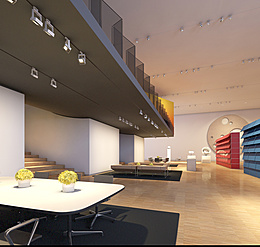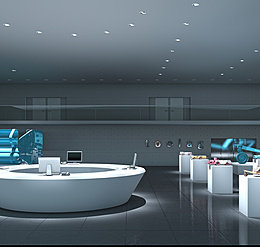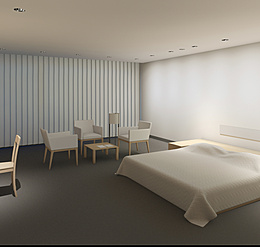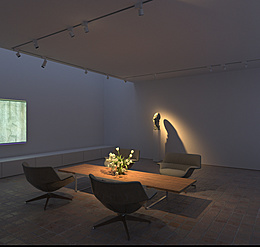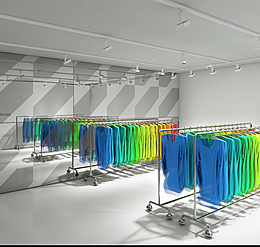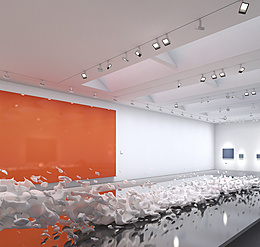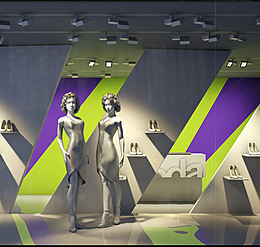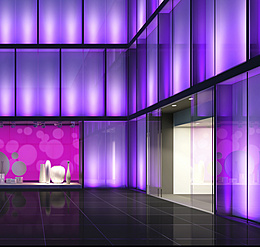
The different impressions produced by daylight can be imitated with artificial light. In situations where the natural light is insufficient, there is an opportunity for artificial light to make perception possible while creating the required atmosphere. This may mean projection using patterned light, directed or diffuse light or specific directions of light. So vis-à-vis sunlight and an overcast sky, there are spotlights, wallwashers, projectors and ceiling washlights.








